SOURCE: RAUNAK KUNDE / NEWS BEAT / IDRW.ORG

India’s quest for enhanced maritime surveillance and anti-submarine warfare capabilities takes a substantial leap forward with the Centre for Air Borne Systems (CABS) of the Defence Research and Development Organisation (DRDO) nearing completion of technology development for the C-295-based Multi-mode Maritime Aircraft (MMMA) and Medium-Range Maritime Reconnaissance (MRMRA) Aircraft programs.
The project envisages two distinct configurations based on the Airbus C-295 platform, each addressing specific needs. The MMMA, primarily for the Indian Coast Guard, will focus on coastal security, search and rescue missions, and pollution surveillance. The MRMRA, destined for the Indian Navy, will prioritize anti-submarine warfare, long-range surveillance, and target acquisition, potentially playing a crucial role in safeguarding India’s vast maritime interests.
Continue readingSOURCE: RAUNAK KUNDE / NEWS BEAT / IDRW.ORG
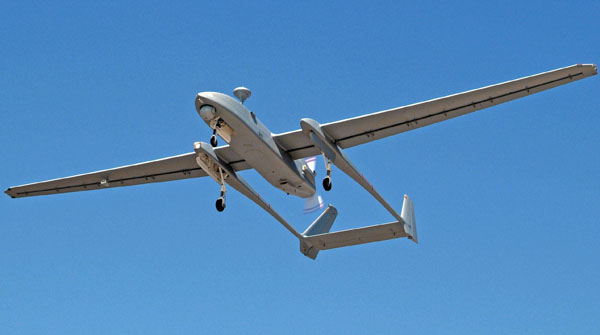
India’s fleet of 50 Heron MkI unmanned aerial vehicles (UAVs), currently serving across the Army, Air Force, and Navy, is set for a significant upgrade program. This collaborative effort between Hindustan Aeronautics Limited (HAL) and Israel Aircraft Industries (IAI) aims to rejuvenate the ageing fleet, enhancing its capabilities and extending its operational lifespan.
The core of the upgrade revolves around a new, more powerful engine. This will not only increase the Heron MkI’s range, allowing for deeper surveillance missions but also boost its payload carrying capacity. This opens up the possibility of integrating more advanced sensors and communication equipment, further amplifying the UAV’s operational effectiveness.
Continue readingSOURCE: IDRW.ORG TEAM
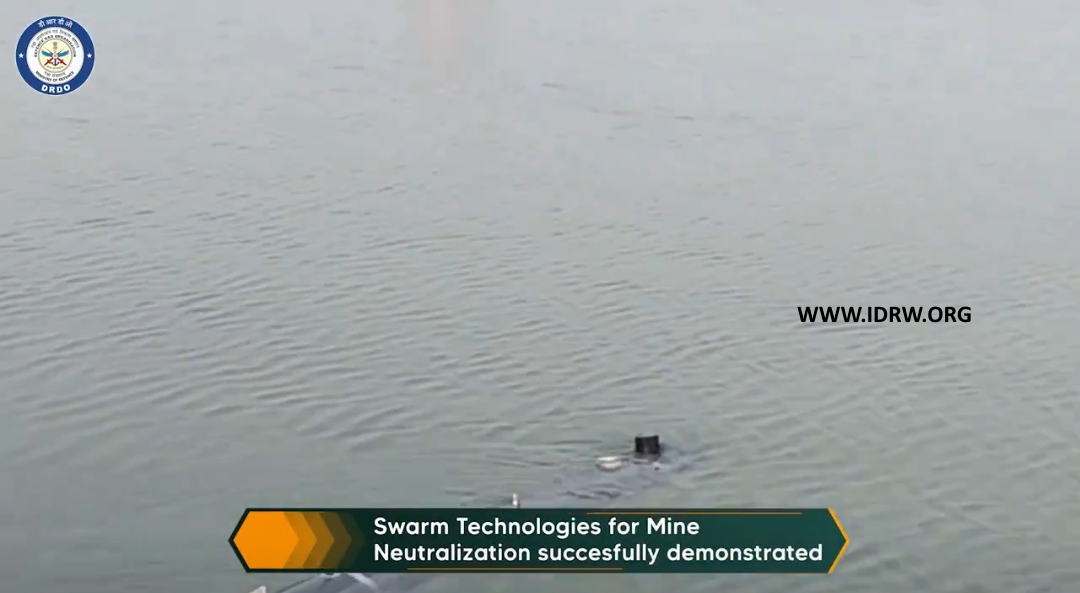
The Defence Research and Development Organisation (DRDO) has successfully demonstrated its cutting-edge swarm technology for mine neutralization, marking a significant milestone in India’s underwater defense capabilities. This achievement, showcased during the DRDO Year End Review, promises to revolutionize the way we combat underwater threats like mines and improvised explosive devices (IEDs).
At the heart of this technology lie autonomous underwater vehicles (AUVs), designed to work in tandem and efficiently detect and neutralize underwater targets. The image above captures these AUVs in action, showcasing their sleek design and advanced sensors.
Continue readingSOURCE: IDRW.ORG TEAM
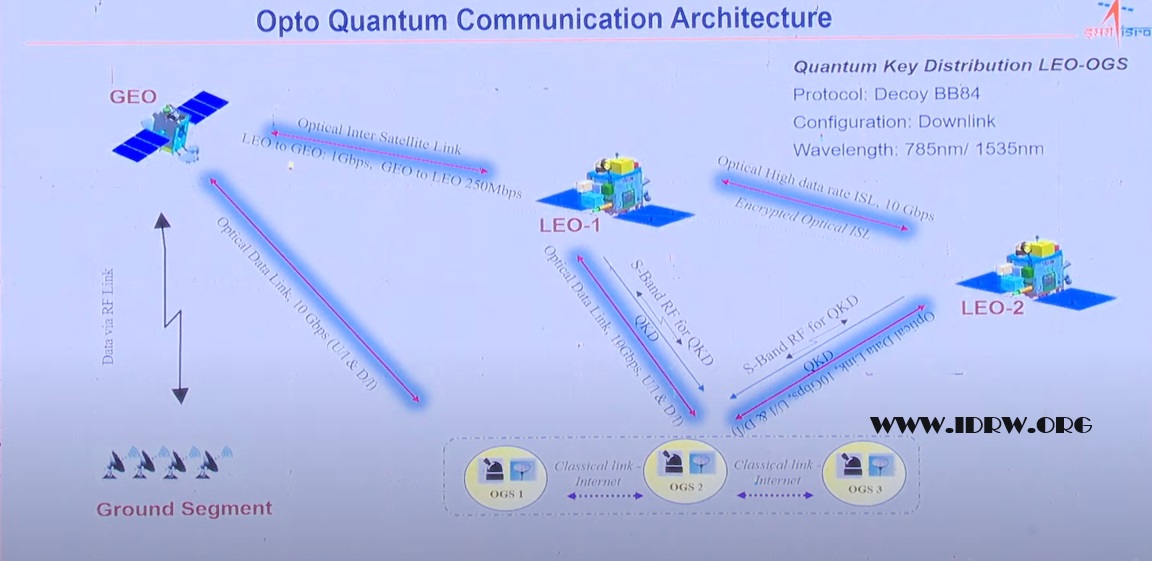
In a groundbreaking announcement at IIT Bombay’s Techfest, ISRO Chairman Dr. S. Somanath unveiled India’s ambitious journey into the realm of quantum communication. He revealed ISRO’s work on Opto Quantum Communication Architecture, specifically focusing on the development of Quantum Key Distribution (QKD) using a protocol known as Decoy BB84. This marks a significant step towards building secure and unbreakable communication networks for satellites and beyond.
QKD leverages the principles of quantum mechanics to establish unhackable communication channels. Unlike traditional encryption methods that rely on complex mathematical algorithms, QKD uses the inherent randomness of quantum particles – photons in this case – to generate a secret key shared only between the sender and receiver. Any attempt to intercept the key would inevitably disturb the quantum state of the photons, alerting the parties involved to a potential eavesdropping attempt.
Continue readingSOURCE: RAUNAK KUNDE / NEWS BEAT / IDRW.ORG
India’s quest for Medium-Altitude Long-Endurance (MALE) Unmanned Aerial Vehicles (UAVs) has taken a temporary detour with the emergency procurement of Israeli Hermes 900 and IAI Heron Mk II drones. This decision, as sources tell idrw.org, stems from delays in the indigenous Tapas program and its possible superseding by the next-generation Archer NG program.
With a pressing need for MALE UAVs, the Indian Army, Air Force, and Navy opted for Israeli drones through the emergency procurement scheme. This quick solution allowed them to address immediate operational gaps while the indigenous programs continued development.
Continue readingSOURCE: RAUNAK KUNDE / NEWS BEAT / IDRW.ORG

In a significant stride towards bolstering its airborne surveillance capabilities, the Indian Air Force (IAF) marked a milestone in 2023 with the induction of the third Netra AEW&CS MK1. Originally utilized as a Testbed for the program by DRDO, the third Netra itself boasted additional features, showcasing the commitment to continual improvement in India’s indigenous airborne early warning and control systems.
The Netra AEW&CS program, spearheaded by the Defence Research and Development Organization (DRDO), has evolved over the years to become a crucial component of the IAF’s surveillance and reconnaissance arsenal.
Continue readingSOURCE: RAUNAK KUNDE / NEWS BEAT / IDRW.ORG
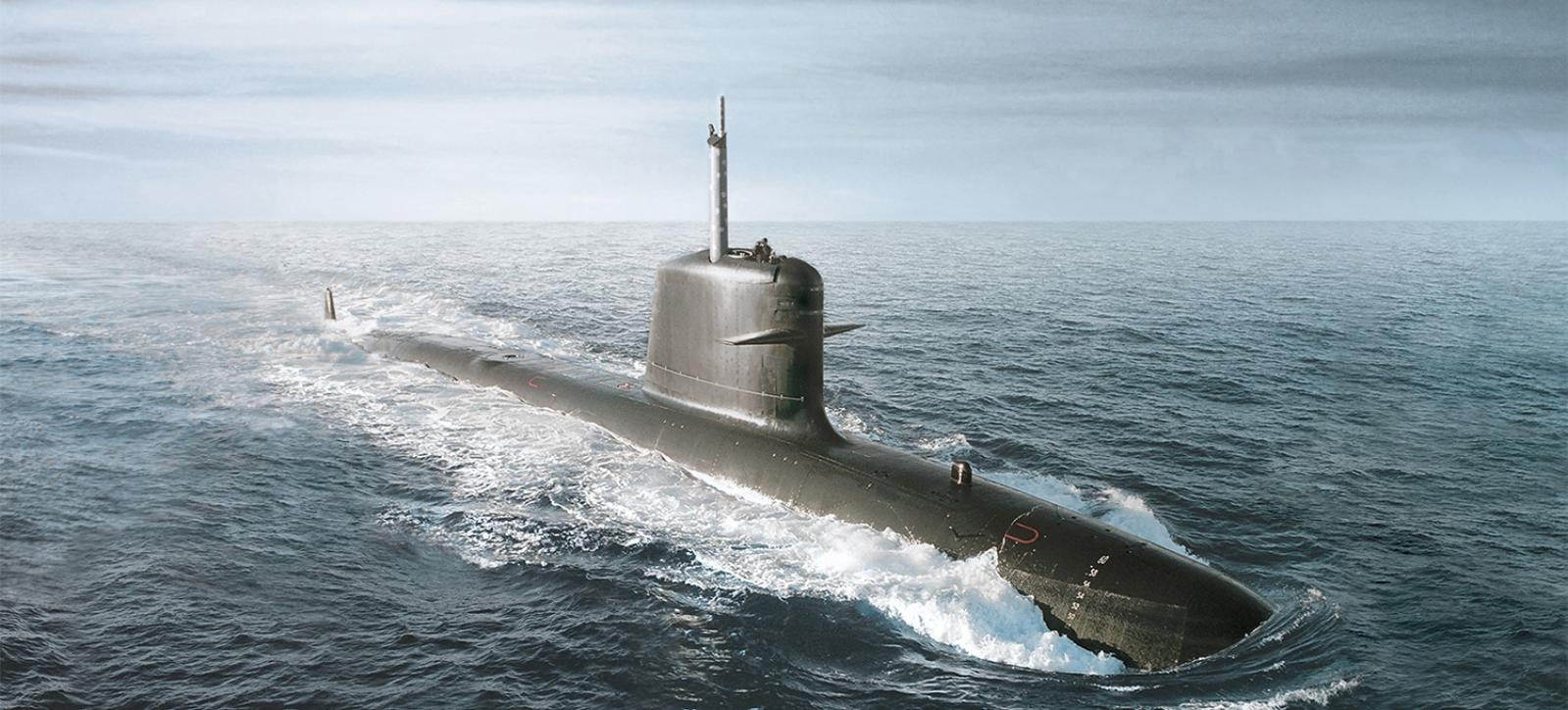
India’s quest for self-reliance in defence received a major boost with the Defense Research and Development Organisation’s (DRDO) High Energy Materials Research Laboratory (HEMRL) taking up the crucial task of developing an Anti-Sonar Decoy for the Indian Navy’s Kalvari Class submarines. This strategic move, announced during the recent ‘SWAVLAMBAN – 2023’ Naval Innovation and Indigenisation International Seminar, underscores the government’s commitment to empowering domestic defence capabilities.
Modern submarines rely heavily on stealth to navigate hostile waters undetected. However, their greatest nemesis is sonar technology, which can reveal their location and movements. Anti-Sonar Decoys play a vital role in countering this threat. These intelligent devices mimic the acoustic signature of submarines, confusing enemy sonar systems and providing precious time for the real submarine to evade detection and engage in countermeasures.
Continue readingSOURCE: IDRW.ORG TEAM
The recent claim by Tanzeela Khalil, a Research Fellow at the Islamabad Policy Research Institute, regarding India’s development of Agni-VI with a potential range of 10,000-12,000 km has sparked discussions on the strategic motivations behind such a move. Khalil argues that the development of Agni-VI is challenging to justify solely in terms of enhancing deterrence against China and Pakistan. Instead, she posits that India’s endeavors might be driven by a desire to elevate its global status or to position itself in potential deterrent relationships beyond its immediate neighbors.
The Agni-VI, if developed with a range of 10,000-12,000 km, would mark a significant advancement in India’s missile capabilities. This potential range extends far beyond the immediate threats posed by neighboring nations, raising questions about the strategic rationale behind such an ambitious development. Understanding the geopolitical landscape and India’s regional concerns is crucial in deciphering the possible motives behind the creation of Agni-VI.
Continue readingSOURCE: IDRW.ORG TEAM

The Defence Research and Development Organisation (DRDO) has unveiled its highly anticipated Navachakshu Electronic Warfare (EW) System, marking a significant leap forward in India’s indigenous defense technology. This cutting-edge system promises to bolster the electronic warfare capabilities of two key frontline fighter aircraft: the Light Combat Aircraft (LCA) Tejas Mk1A and the Sukhoi Su-30MKI.
Navachakshu, meaning “third eye” in Sanskrit, equips these fighters with advanced Electronic Support Measures (ESM) and Radar Warning Receiver (RWR) capabilities. These crucial systems work in tandem to detect, analyze, and identify enemy radar emissions, providing pilots with real-time situational awareness of the electronic battlefield. This enhanced awareness allows them to:
Continue readingSOURCE: RAUNAK KUNDE / NEWS BEAT / IDRW.ORG

The Indian Army’s arsenal is set for a boost with the upcoming arrival of the Arjun Mk 1A main battle tank (MBT). The first batch of these domestically-built tanks is expected to roll off the production line at the Chennai-based Heavy Vehicles Factory (HVF) in September 2024.
A total of 118 Arjun Mk 1A tanks have been ordered by the Indian Army, with the initial batch of 18 slated for delivery before the end of the current fiscal year (FY2024-25). Subsequently, HVF will deliver 30 tanks annually until the entire order is completed by 2027.
Continue readingSOURCE: RAUNAK KUNDE / NEWS BEAT / IDRW.ORG

The Hindustan Aeronautics Limited (HAL) Aero Engine Research and Development Centre (AERDC) in Bengaluru recently inaugurated a new facility, offering a glimmer of hope for the beleaguered HTFE-25 engine program. This 25 kN thrust turbofan engine, initially envisioned for powering trainers, UAVs, and small fighter aircraft, has faced significant delays and criticism, but the new facility and renewed focus aim to propel it towards completion.
Launched in 2013 with ambitious goals of self-reliance in engine production, the HTFE-25 program encountered several setbacks. The initial target of a six-year development timeframe has already been surpassed by over three years. While the engine completed its inaugural run in 2015, progress has been sluggish.
Continue readingSOURCE: RAUNAK KUNDE / NEWS BEAT / IDRW.ORG
Bharat Forge, a leading Indian manufacturer of auto components and now a player in the drone market, is setting its sights even higher. On the occasion of Chairman and Managing Director Baba Kalyani’s 75th birthday, the company announced ambitious plans to develop its own Short-Medium Altitude Unmanned Aerial Vehicles (UAVs) for the Indian military.
This move marks a significant step up from Bharat Forge’s recent entry into the drone market with the launch of the “Bharat 150” multi-payload drone. By venturing into the development of larger and more sophisticated UAVs, Bharat Forge aims to become a major player in India’s growing unmanned aerial vehicle sector.
Continue readingSOURCE: IDRW.ORG TEAM

After anxious months of waiting, India is finally set to receive its long-awaited delivery of F404-GE-IN20 engines for its indigenous Tejas fighter jets later this year. While initial projections placed the arrival date in August 2023, General Electric (GE) Aerospace CEO Amy Gowder recently confirmed a slight delay due to supply chain challenges faced during production restart after an 18-month hiatus.
Despite the setback, the news signals a critical step forward for India’s ambitious fighter program. The F404 engines are the heart of the Tejas Mk1A variant, and their arrival means production can resume full steam ahead. GE, committed to meeting India’s needs, has outlined a ramp-up plan targeting 20 engines per year, a significant increase from current production levels.
Continue readingSOURCE: IDRW.ORG TEAM
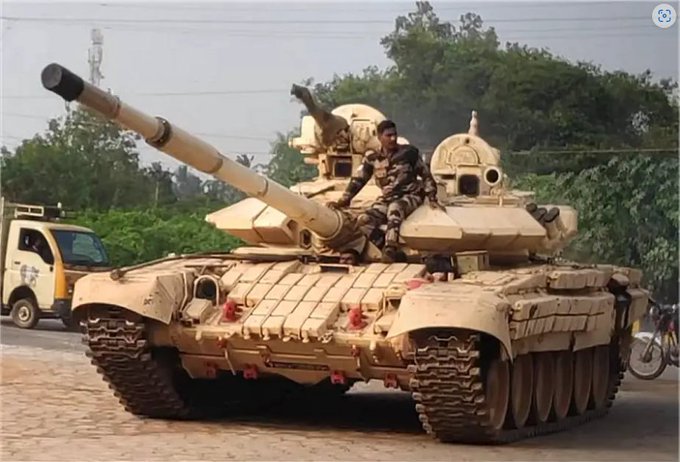
In a significant stride towards enhancing its armored warfare capabilities, the Indian Army has unveiled ATHARVA, a unique hybrid tank that seamlessly combines the main body of the T-72 tank with the advanced turret of the T-90 Bhishma. This hybrid marvel, which underwent trials in India last year, represents a strategic integration of two formidable tank models, offering a promising blend of power, agility, and cutting-edge technology.
ATHARVA’s distinctive feature lies in its innovative fusion of the T-72 tank hull with the T-90 tank turret. This integration aims to leverage the strengths of both tanks, combining the battle-tested reliability of the T-72 with the advanced features of the T-90 Bhishma turret. The result is a formidable hybrid tank that promises enhanced performance across various parameters.
Continue readingSOURCE: RAUNAK KUNDE / NEWS BEAT / IDRW.ORG
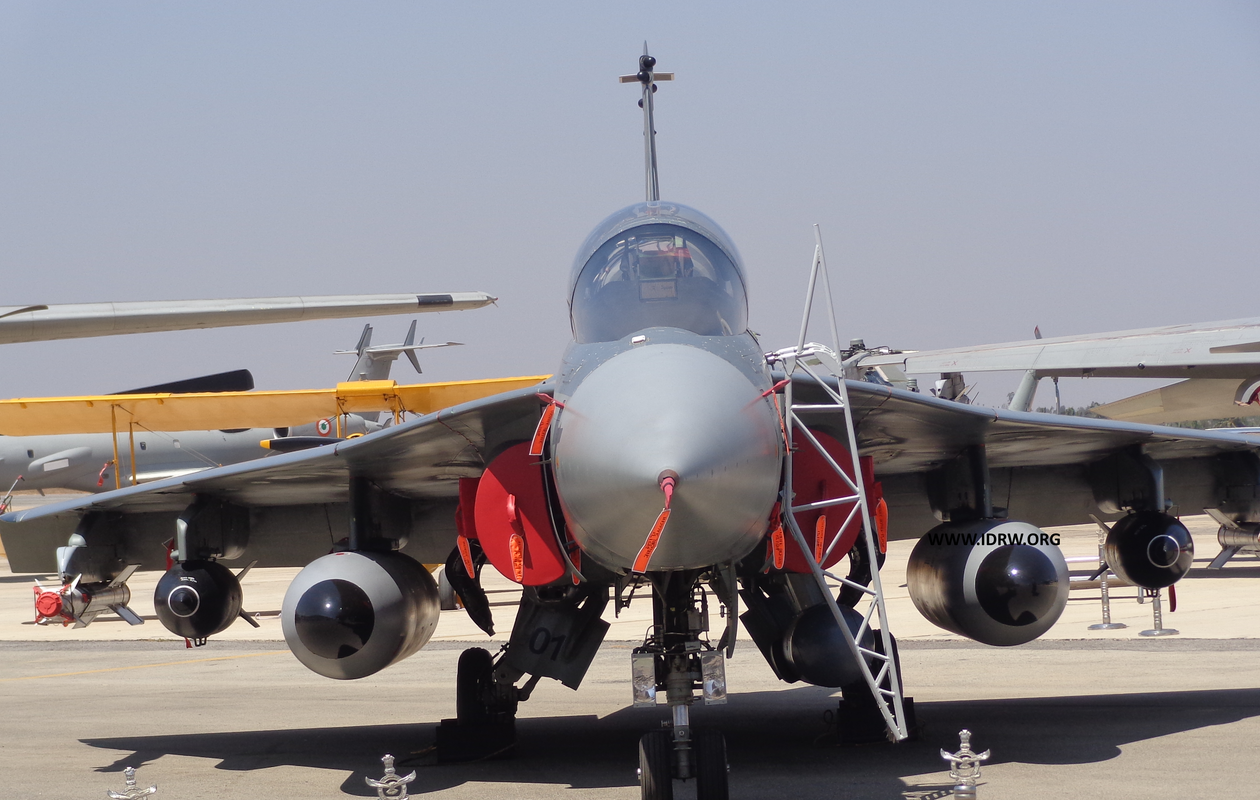
In a significant stride towards advancing India’s aerospace capabilities, the Aeronautical Development Agency (ADA) and Hindustan Aeronautics Limited (HAL) are actively engaged in developing next-generation technologies for the Light Combat Aircraft (LCA)-Tejas Mk1A.
According to prominent defence journalist Anantha Krishnan M, these efforts aim to incorporate cutting-edge advancements, including artificial intelligence (AI) and electronic pilot systems, into the LCA-Tejas Mk1A platform.
Continue reading